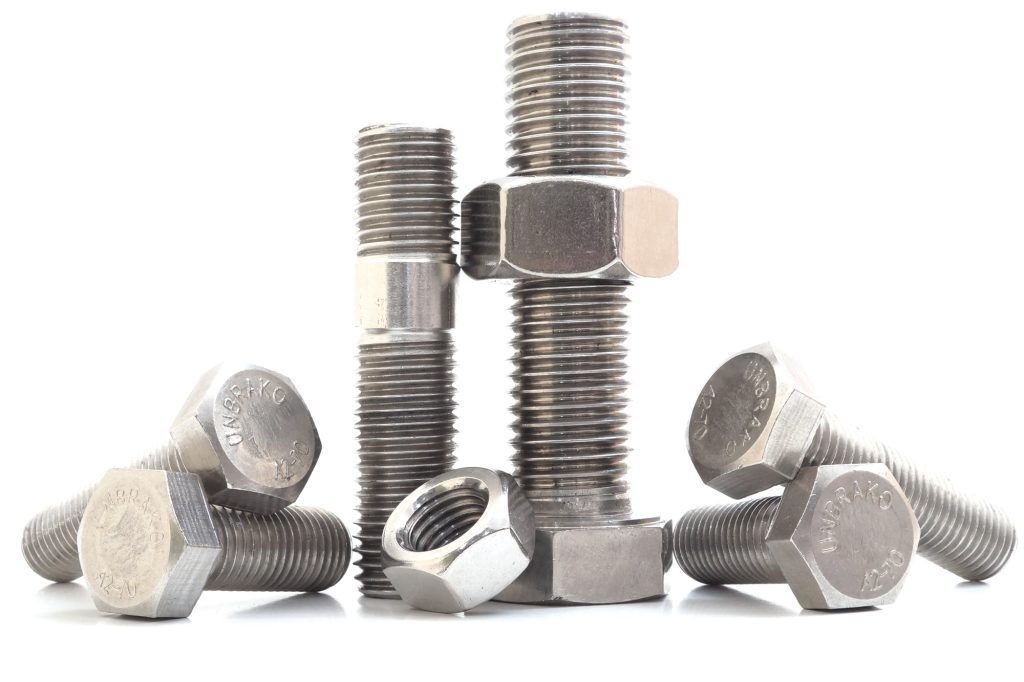Galling is a severe form of adhesive wear that can occur when two metals contact each other. It appears as gouges or a mound of metal on the surface.
It’s important to understand what galling is so that you can prevent it from happening. The key to preventing galling is using lubricants.
What Causes Galling?
Although galling is a common problem with metal machinery, it is not well understood outside of designers and engineers. It poses a real risk to the quality and safety of equipment and production facilities, and can make fasteners ineffective or even impossible to use.
Galling is caused by friction forces between two different metals, and it is more likely to occur in softer metals with less ductility. Aluminum and stainless steel are particularly susceptible to galling, whereas hardened materials like tool steels and martensitic stainless steels are less prone.
Surface finish and thread cleanliness are also important factors that contribute to galling. Surface finishes that are rough or damaged will increase the friction between fasteners, causing them to heat up faster and cause galling to occur. The use of lubricants can help to reduce the friction between fasteners and decrease the chances of galling. It is also important to use coarse threaded fasteners, which require more turns of the wrench per inch than fine threads, and to use a lower torque speed during installation.
What Materials Are Prone to Galling?
Metal galling is a unique type of wear that causes metals to adhere to one another rather than wearing away. As such, galling presents a serious threat to the quality of expensive machinery and production equipment. While it is most prominent in applications with ductile metals, any metal machinery that experiences excess friction can become susceptible to galling.
Softer metals like aluminum and austenitic stainless steel are especially prone to galling. However, hardened materials like tool steels and martensitic stainless steels are less impacted by galling due to their toughness.
The most important factor in preventing galling is proper lubrication. Using a good quality lubricant can reduce the amount of friction between mating surfaces, and it can also help to lower temperatures that may cause galling. Additionally, selecting a higher-quality threaded fastener can decrease the likelihood of galling. Cold rolled, coarse threads tend to gall less than machined threads. Electropolished surfaces are also less prone to galling than rough ones.
How to Prevent Galling
The good news is that galling can be prevented in many cases. First, always inspect fasteners and hardware for signs of galling before installation. Plowing on with an impact wrench when a threaded surface starts to gall can cause damage and lead to catastrophic failure of the system. It is also important to slow down during installation. The slower the process, the less frictional heat is generated and the more time the asperities have to displace each other, giving them a chance to weld together rather than rubbing and creating galling.
Also, it’s helpful to choose hard, smooth materials that are more resistant to galling. Stainless steel hardware is prone to galling, but you can buy austenitic or duplex bolts and nuts that are more resistant to galling than standard stainless steel hardware. Additionally, kolsterising (surface hardening) stainless steel hardware can improve its resistance to galling. It’s an easy way to make your hardware last longer and help you avoid the costly disruption of a galled screw or bolt in your system.
How to Treat Galls
Affected shoots, twigs or leaves usually have a distorted appearance. The bumps or protuberances resemble a warty surface and may have tiny holes in them from where the insect or mite that caused the gall entered or exited. The irregularly shaped growths can range in size from very small to several inches in diameter. Each species of gall producer is specific to a particular plant.
To avoid galling, choose disease-free plants and inspect new plant material for signs of pests or diseases before purchasing. Avoid wounding the stems of trees and shrubs and sterilize pruning shears before using them on susceptible species. Proper irrigation and fertilization is important. Avoid over-fertilizing in winter or early spring, which encourages fast, lush growth that is more attractive to citrus gall wasps. Chemical sprays can be used to control gall-making insects and mites, but precise timing of application is necessary, as the inhabitants spend a great deal of their time sheltered inside the galls.


